Understanding the US Tariff Revision 2025 and it’s Global Impact
The United States announced a significant revision to its tariff structure in April 2025. This bold step aims to boost local industries and rebalance international trade dynamics. This article explores the reasons behind the US Tariff Revision 2025, its global consequences, and what it means for the average American consumer and the economy at large.
Why the US Tariff Revision 2025, Revised Tariff Rates?
The U.S. government revised tariff rates to:
Protect Domestic Industries
Steel, Electric Vehicles, and semiconductors faced unfair competition from subsidized imports.
New tariffs (up to 25% on steel) aim to boost US manufacturing.
Reduce Geopolitical Dependencies
Heavy reliance on Chinese tech and raw materials raised national security concerns.
Critical sectors now face higher import barriers.
Encourage Job Growth
Tariffs incentivize local production, potentially creating 500K+ new jobs (White House estimate).
Strengthen national security by supporting local production of sensitive products.
Such as semiconductors, pharmaceuticals, and defense-related equipment, which saw a 20% increase in domestic investment and a 15% rise in government subsidies under the new tariff strategy.
The revision followed months of internal reviews and consultations with trade experts and industry stakeholders. The U.S. Trade Representative stated that these new measures reflect the country’s shift toward strategic autonomy and supply chain resilience.
Originally Threatened vs Updated Tariffs (April 2025)
Chart View
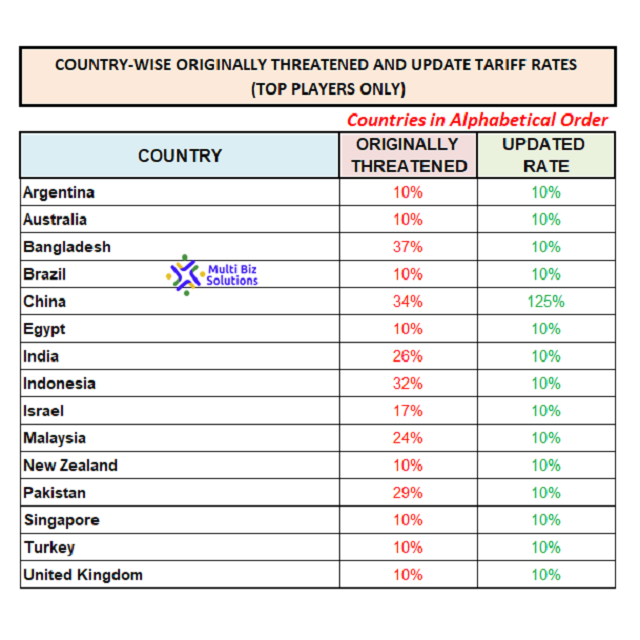
Graphic View
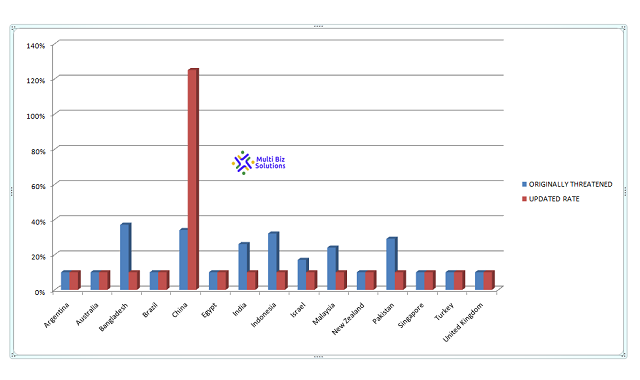
Category-wise previous vs revised Tariffs (April 2025)
Chart View

Graphic View
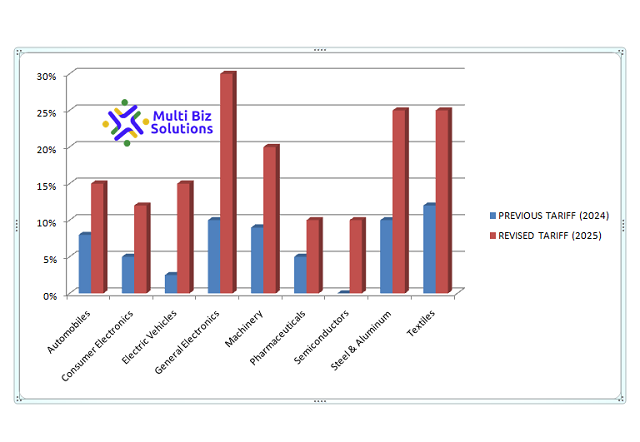
Sector-wise previous vs revised Tariffs (April 2025)
Chart View
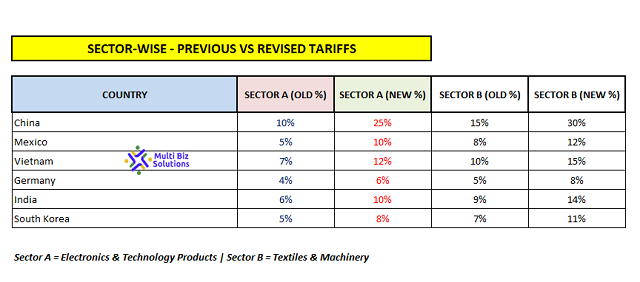
Graphic View
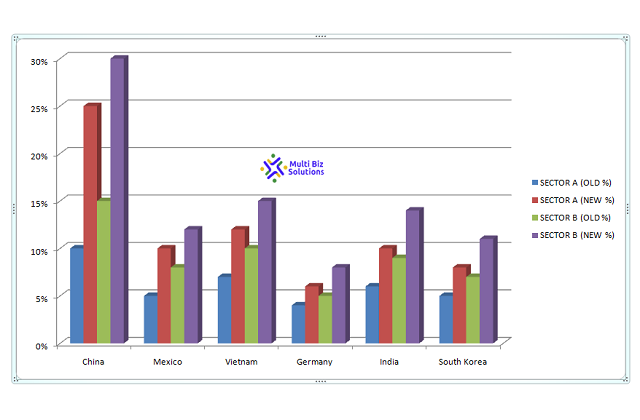
Insights:
Electronics saw the sharpest increase, mainly targeting imports from China, Vietnam, and South Korea.
Textile and machinery imports faced moderate increases to protect local industries.
Pharmaceuticals and automobiles were partially affected to balance consumer safety and industrial growth.
These changes indicate a clear intent to realign supply chains toward domestic sources while managing strategic dependencies.
Which Sectors See Highest Tariff Increase
Electronics: 30%
Textiles: 25%
Machinery: 20%
Pharmaceuticals: 10%
International Reactions to US Tariff Revision 2025
Countries affected by the new tariffs have responded in various ways. China criticized the move and threatened to impose reciprocal tariffs. The European Union has expressed disappointment and is reviewing trade agreements. India and Vietnam are exploring trade route diversification.
Many trading partners are expected to challenge these changes at the World Trade Organization (WTO). Some countries may also offer subsidies to their exporters to soften the impact.
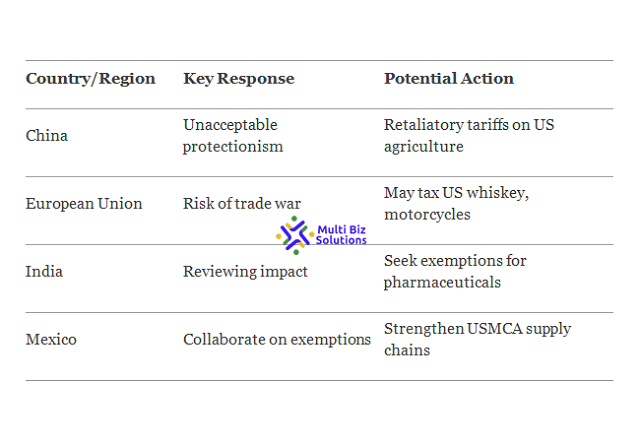
Impact on Imported Product Prices in the US
The revised tariffs will likely increase prices of imported goods. Products such as smartphones, clothing, and industrial machinery will become costlier. Retailers may pass on the increased costs to consumers.
Higher import duties encourage local alternatives but reduce short-term affordability. Consumers might prefer domestic products, which could raise demand for local goods but affect overall product diversity.
The US Tariff Revision 2025 will increase costs for everyday goods:
Electronics (Smartphones, Laptops): +8 –12%
Clothing & Footwear: +5 –7%
Electric Vehicles: +3,000 –3, 000 –5,000 per car
Why?
Importers pass tariff costs to consumers.
Short-term shortages may spike prices further.
Impact on US Economy
The US Tariff Revision 2025 has both short-term and long-term economic implications:
Positive Impact:
Growth in domestic manufacturing sectors.
Job creation in protected industries.
Boost in local innovation and supply chain efficiency.
Negative Impact:
Price inflation for goods reliant on imports.
Increased production costs for industries dependent on foreign materials.
Trade retaliation risks, potentially reducing U.S. exports.
Economic Impact: Winners & Losers
Sectors benefiting and suffering from the new tariffs.
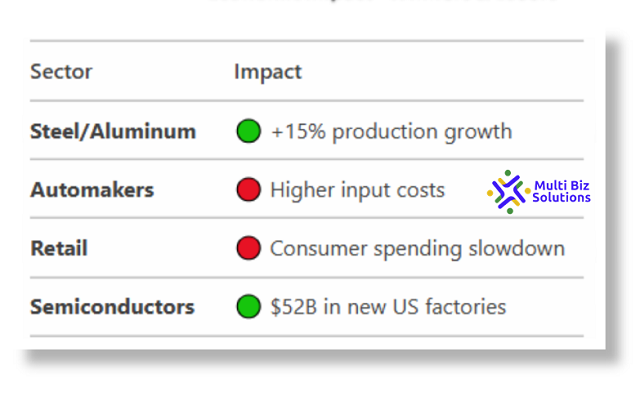
Overall, the policy shift aims to make the U.S. economy more self-reliant but may trigger economic friction in the short term.
Conclusion: Strategic Shift or Global Gamble?
The US Tariff Revision 2025 represents a strategic pivot to economic self-reliance. While the move favors domestic growth, it disrupts established trade flows. Global reactions have been mixed, and potential trade conflicts could emerge.
Consumers should expect gradual price increases on many everyday products. However, in the long run, the U.S. may benefit from a more resilient economy with revitalized manufacturing.
For businesses, this is a wake-up call to reassess sourcing strategies and strengthen local networks. For consumers, it’s a reminder of how international policy affects everyday life.
As the global trade landscape continues to evolve, the effectiveness of these tariffs will depend on timely adjustments, diplomatic engagement, and domestic policy support.


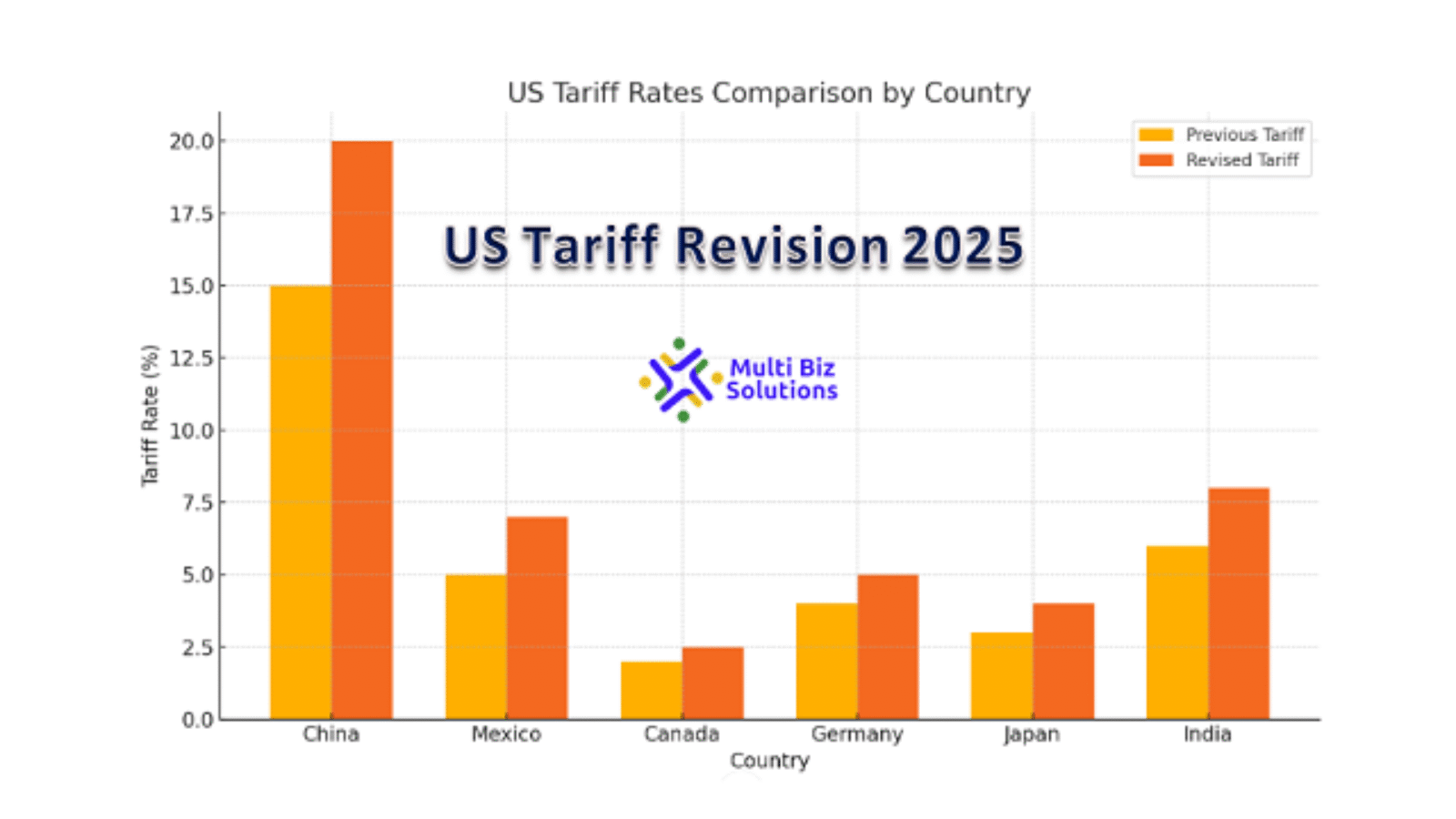
Add a Comment